Indian Forestry sector:
• Forestry is the second major land use in India after agriculture. Around 23.84% of the country’s area (78.37 million hectares) is officially classified as forest land including tree cover.
• The majority of forests are controlled and managed by the State Forest Departments.
• However, the bulk of forest-based industries, which produce a wide range of produce from both wood and non-timber sources, are in the private sector (Saigal et al., 2002).
Forest Products
1. Major Forest Products: (Timber/Wood products)
2. Minor Forest Products: (Non-Timber/Non-wood products)
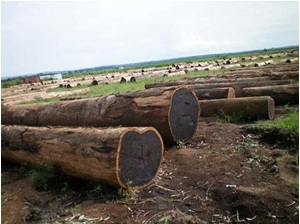
Major Forest Products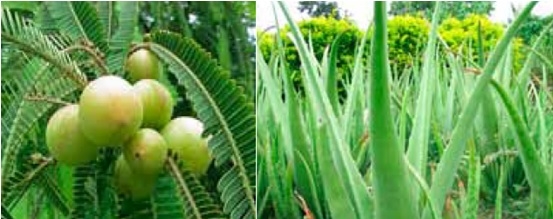
Minor Forest Product
Forest Products
1. Major Forest Products: (Timber/Wood products)
2. Minor Forest Products: (Non-Timber/Non-wood products)
1. Major Forest Products: (Timber/Wood products):
Solid wood:
- Round timber
- Sawn timber
- Fuel wood/Fire wood
Composite wood:
- Plywood, Particle board, Fibre board, MDF, Hard Board, Insulation Board, Wood based panels, Wood chips and particles
• Wood derivatives:
- Paper and pulp
- Cellulose, hemicellulose and lignin derivatives
- Wood Charcoal e.t.c.
- Wood Sugar, Molasses, alcohol and yeast e.t.c.
• Major forest products consist of timber, small wood and fuel wood and various wood products derived including charcoal . Indian forests produce about 5000 species of wood, of which. about 450 are commercially valuable.
• Both hard and soft woods are obtained from Indian forests. Hard woods include important species such as teak, mahogany, logwood, iron-wood, ebony, sal, greenheart, kikar, semal etc.
• These woods are used for furniture, wagons, tools, etc. Soft woods include deodar, poplar, pine, fir, cedar, balsam, etc. They are light, strong, fairly durable and easy to work and as such are very useful for constructional timbers. They also provide useful raw material for making paper pulp.
• It is interesting to note the 70% of hardwood is burnt as fuel and only 30% is used as commercial activities. Forest meets about 40% of energy needs of the country including more than 80% of the rural energy requirements.
• In Gujarat, forest cover is relatively low (7.46% of geographical area) but tree cover-Trees Out-side Forest (4% of geographical area) is the second highest amongst the major Indian states. The fact that further allocation of land towards forestry purpose is almost impossible, leaves only one alternative for increasing the tree cover and augmenting the supply of forest produce, and that of organizing and motivating people, and with their help, planting tree in the low productivity wastelands and farmlands.
• At present, nine species - Neem (Azadirachta indica), Deshi babool (Acacia nilotica), Nilgiri (Eucalyptus sp.) ,Sharu (Casuarina sp.), Ardusa (Ailanthus sp.), Teak (Tectona grandis), Subabool (Leucanea leucocephola), Bengali babool (Acacia auriculiformis) and Bamboo are dominant and they are economic species in agro-forestry plantations.
• Eight exotic species – Prosopis chilensis, Eucalyptus sp., A. tortalis, Casuarina equisetifolia, Leucanea leucocephala, Pithocolobium dulce, Ailanthus excelsa and Acacia auriculiformis, which were absent or rarely seen five decades ago, are now dominant species, constituting over one third of total plantation in the State. In other words, these exotic species have changed the landscape of the state and also improved the wood production and economy of the state.
North Gujarat:
Neem, deshi babool and ardusa are the three main tree species in the agro-forestry plantations in north Gujarat. Ardusa is a lead species due to its increasing demand in packing, match box and plywood industries. Neem and deshi babool are generally utilized in furniture and agricultural implements.

Ardusa PlantationCentral Gujarat:
In central Gujarat, Eucalyptus sp. along with Deshi babool and Neem is the main species in commercial plantations. Eucalyptus sp is utilized as a pole in building construction, pulp in paper industries and plywood industries. Neem and deshi babool are generally utilized in furniture and agricultural implements.

Eucalyptus Plantation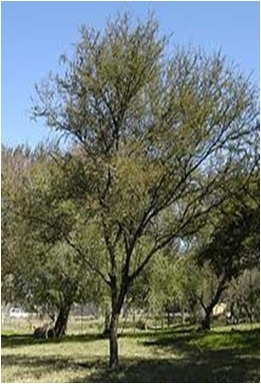
Desi BabulSouth Gujarat:
Plantation of sharu and Bengali babool is increasing in the high rainfall areas of south Gujarat, although teak, khair and bamboo are also preferred by the farmers. These are mainly utilized in furniture, building construction and paper and pulp industries.
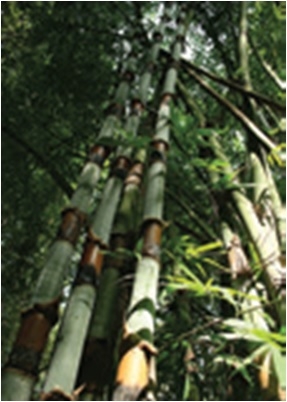
Bamboo
Teak PlantationSaurashtra and Kachchh:
Saurashtra and Kachchh have relatively less agro-forestry plantations due to adverse climate and soil conditions. Sharu, neem, sitafal are preferred by the farmers in this region. These species are utilized in furniture, agricultural implements and building constructions.
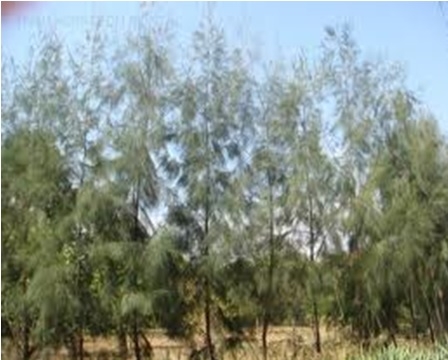
Sharu Plantation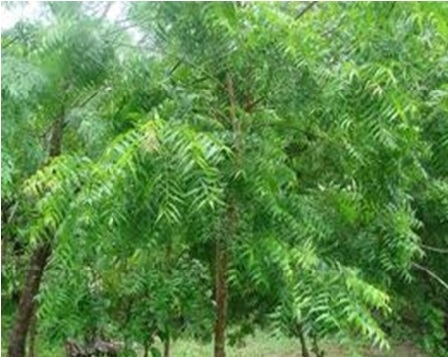
Neem Plantation2. Minor Forest Products: (Non-Timber/Non-wood products):
GROUP-I
NTFPs of Plant Origin
- Edible Plant Products
- Spices and Condiments
- Medicinal Plants-Aromatic Plants
- Fatty Oil Yield Plants
- Gum & Resin Exuding Plants
- Tan Yield Plants
- Dye & Colour Yield Plants
- Fibre & Floss Yield Plants
- Bamboo-Canes
- Fodder & Forage
- Fuel wood, Charcoal Making
- Bidi Wrapper Leaves
- Other Leaves for Plates
- Beads for Ornaments
- Saponin & Marking Nut Plant-Others
NTFPs of Animal Origin
- Honey & Bees Wax
- Lac & Shellac
- Tussar and Other Silk
- Insects and Animal-Hides, Skins and Feathers
- Horns, Bones and Shellac-Ivory and Musk
NTFPs of Mineral Origin
-Mica, Sand, Gravel
-Other Minerals
GROUP-II
- Tourism, Recreation, Wildlife
• Non-wood forest products (NWFPs) in India play an important role in the social and traditional life of millions of forest dependent populations, particularly the tribal and landless people, women and other rural poor.
• Today, they contribute over 75% of total forest export revenue in India.
• Nearly 400 million people living in and around forests in India depend on NWFPs for sustenance and supplemental income.
• NWFPs contribute significantly to the income of about 30% of rural people.
• More than 80% of forest dwellers depend on NWFPs for basic necessities.
• The collection of NWFPs comprises the main source of wage labour for 17% of landless labourers, and 39% more are involved in NWFP collection as a subsidiary occupation.
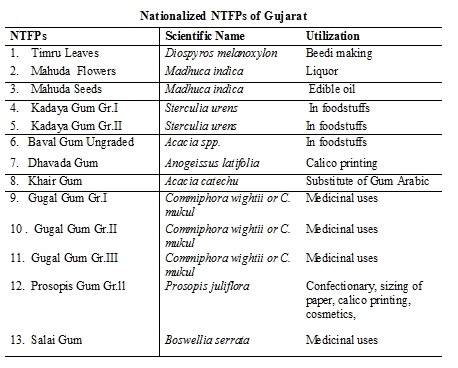
Nationalized NTFPs of Gujarat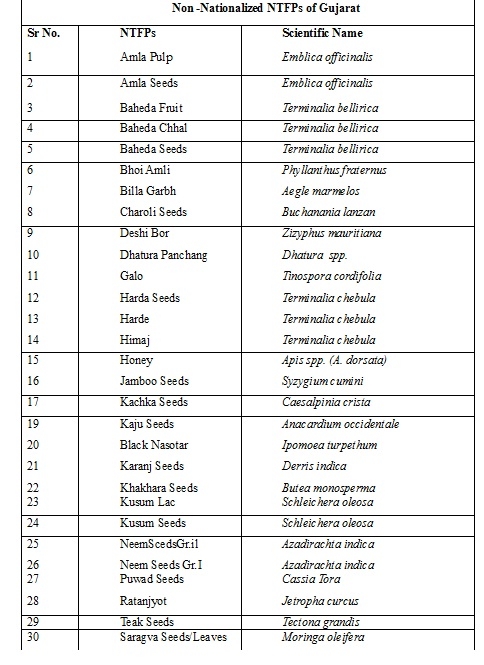
Non- Nationalized NTFPs of Gujarat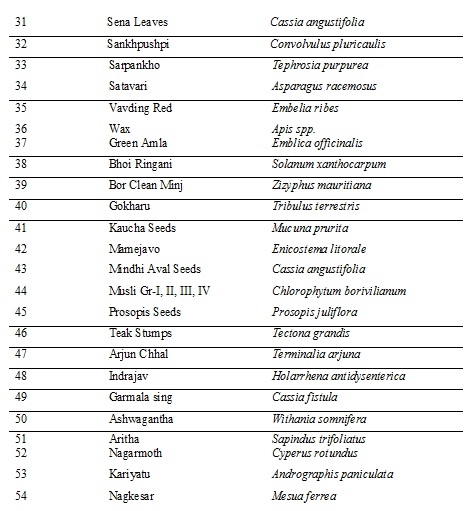
Non- Nationalized NTFPs of Gujarat
Non Timber Forest Products
Important Rare and Endangered Medicinal Plants of Gujarat:
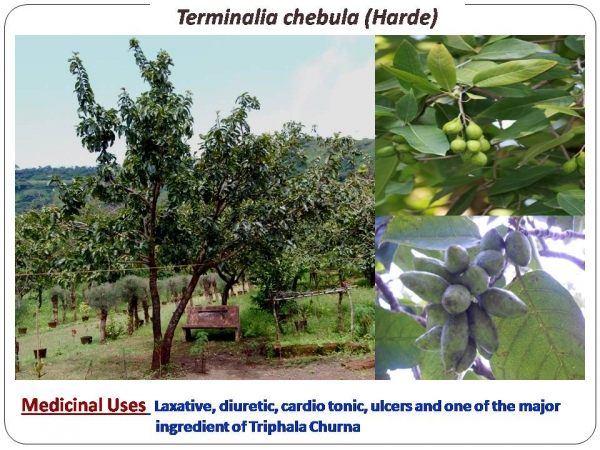
Terminalia chebula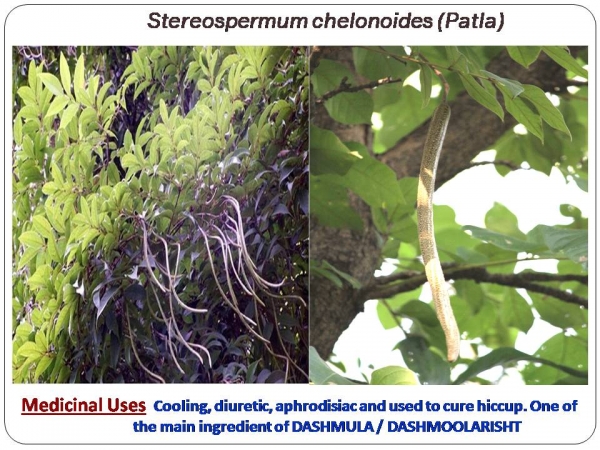
Stereospermum chelonoides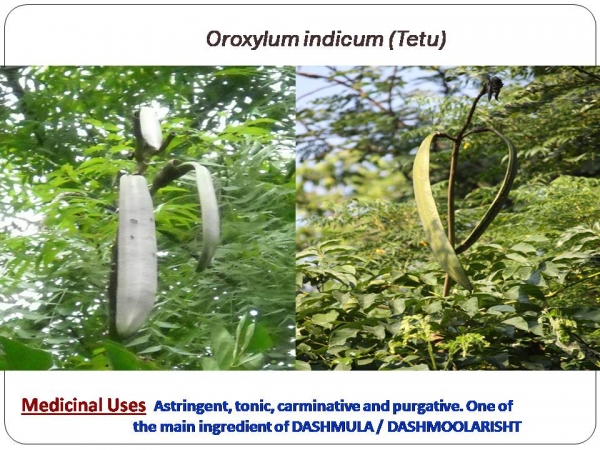
Oroxylum indicum
Pedelium murex
Tribulus trrestris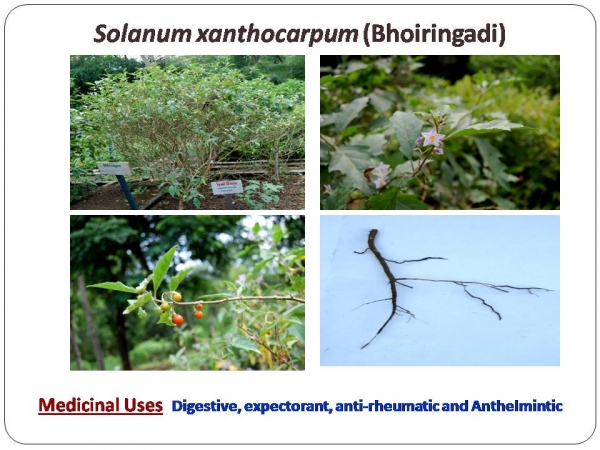
solanum xanthocarpum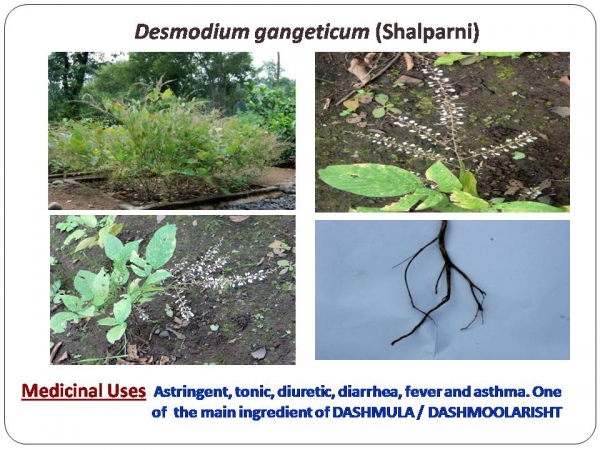
Desmodium gangaticum
Gloriosa superba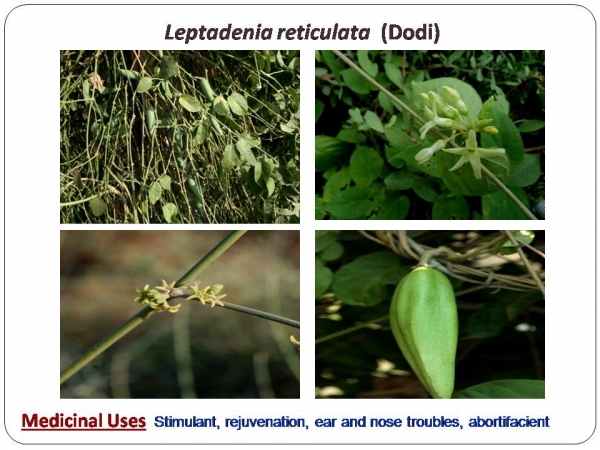
Leptadenia reticulata
Holostemma annulare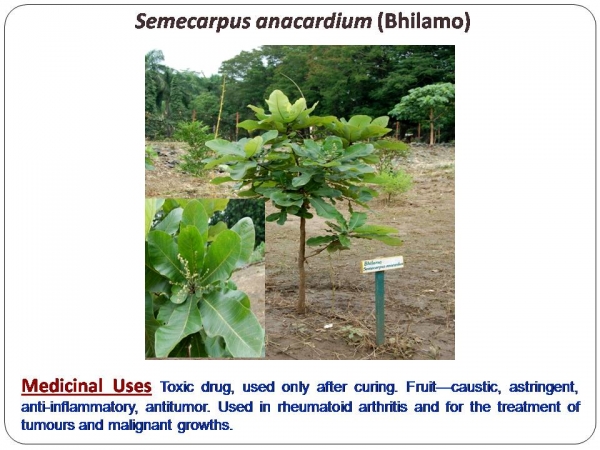
semecarpus anacardium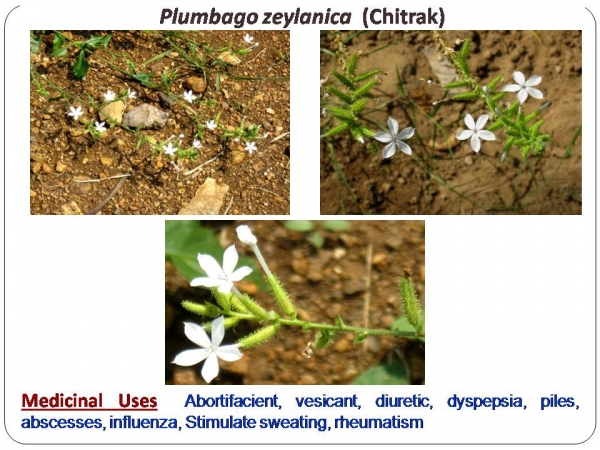
Plumbago zeylanica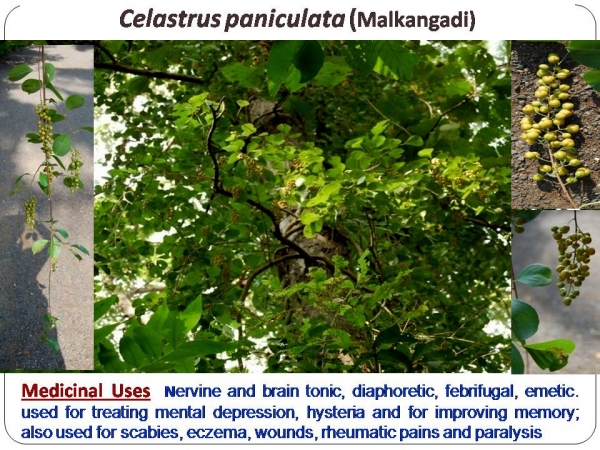
Celastrous paniculata
Wrightia tomentosa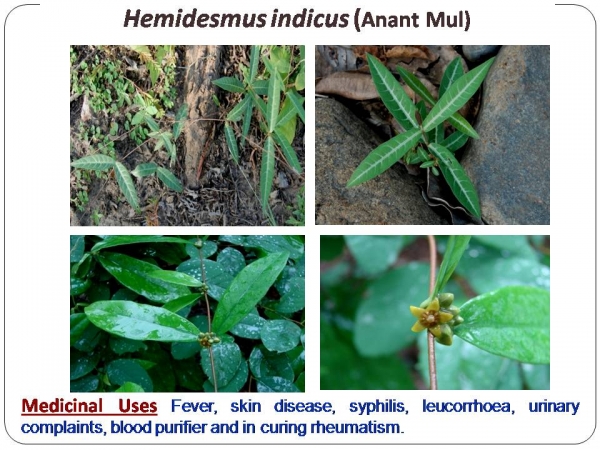
Hemidesmus indicus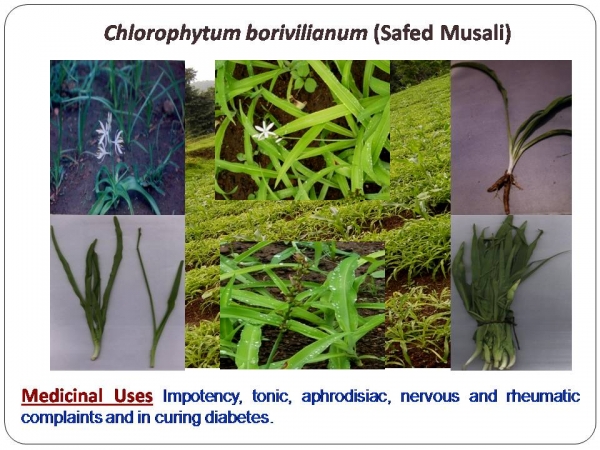
Chlorophytum borivilianum
Embelia ribes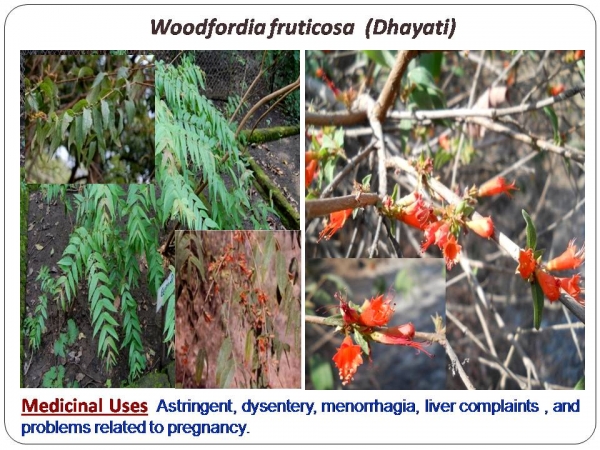
Woodfordia fruiticosa
Pueraria tuberosa

